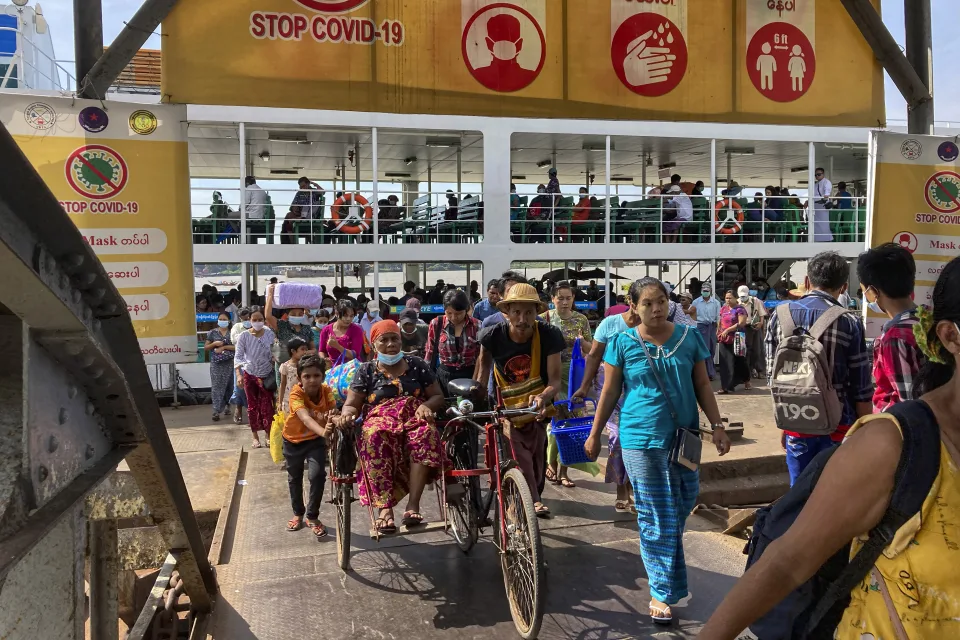Myanmar, a formerly thriving emerging economy, is facing challenges in its efforts to regain momentum as the country’s civil war increasingly disrupts trade and livelihoods. According to a report released on Wednesday by World Bank economists, the country’s economy grew at a slower-than-expected rate of 1% annually in the year ending in March. They predict a similar rate of growth for the current fiscal year. The report also highlights that approximately one-third of the population in Myanmar is living in poverty, and the economy is around 10% smaller than it was before the pandemic. The World Bank’s survey conducted in April indicates little to no improvement in economic activity over the past six months.
Since the military takeover in early 2021, pro-democracy guerillas and ethnic minority armed forces have been engaged in a fierce battle against the Myanmar military. The resistance forces have been steadily gaining ground, inflicting unprecedented defeats on the military in recent months. This has put immense strain on the military, which is now facing increasing pressure.
According to a report, the economic outlook for Myanmar remains bleak, which means that households in the country will continue to face challenges in the near to medium term. The report highlights that the business environment will be limited by ongoing conflicts, disruptions in trade and logistics, macroeconomic instability, regulatory uncertainty, and frequent power outages.
Armed conflict in Myanmar has resulted in over 3 million people being displaced from their homes. This has led to a shortage of imported goods and a decline in the value of the country’s currency, the kyat. Furthermore, approximately one-third of factories surveyed by the World Bank reported experiencing power outages.
According to a recent report, Myanmar’s exports decreased by 13% in the six months leading up to March compared to the previous year, while imports dropped by 20%.
Prior to the military takeover, the garment industry was a significant source of employment, particularly for young women, and contributed to the country’s export revenues. However, global brands have been withdrawing from Myanmar, resulting in a nearly 20% decline in manufacturing exports in the first half of the year.
The report also highlighted the exacerbation of labor shortages. As the military rulers expanded conscription to supplement their troops, many workers have either fled overseas or moved to rural areas. This further strains the already significant labor shortage in the country.
